These Dark Souls 3 mysteries are tearing us apart
Ceaseless confusion
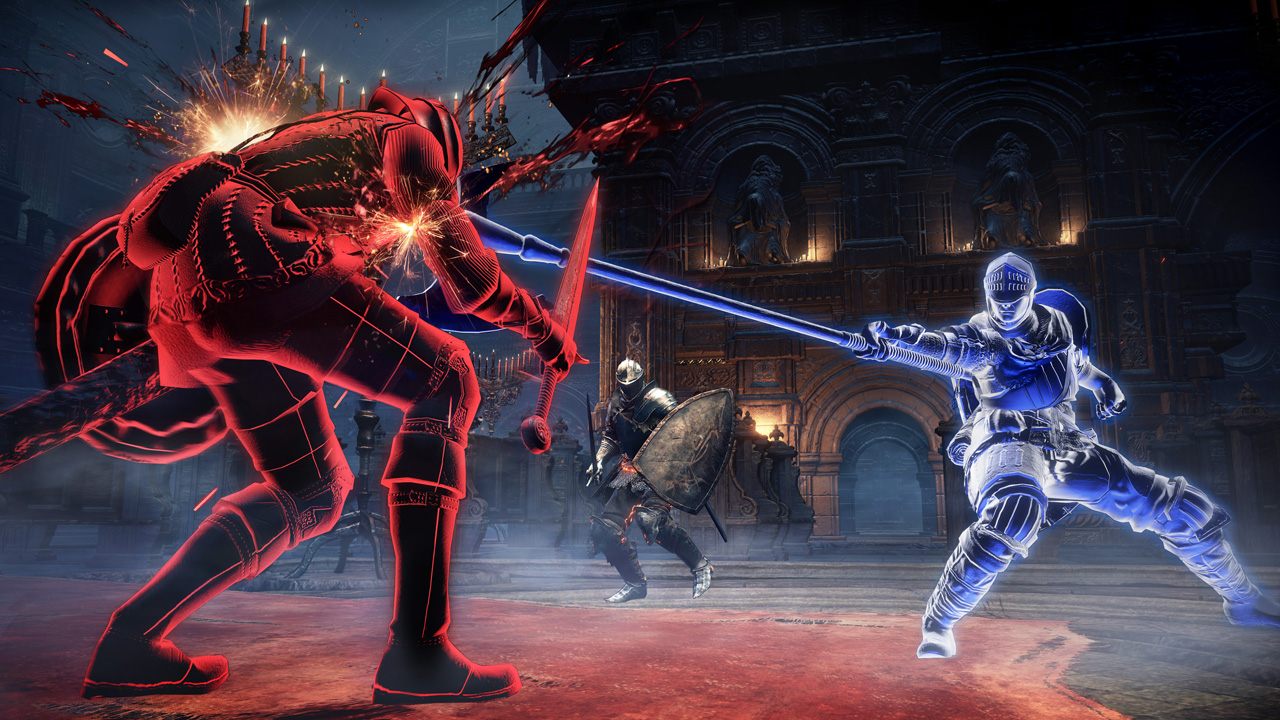
Dark Souls has never been what you'd call 'clear' or 'concise' or 'particularly sense-making'. At a generous estimate, 97% of its lore is wrapped up in vague language and enigmatic events, so finding a corner to hide in so you can take notes and draw diagrams seems entirely reasonable if you're looking to parse it all out. Dark Souls 3 is no exception, and it might be even worse than normal - in a new demo showing off the game's earliest section, DS3 answers a couple of small questions and adds in a few dozen giant ones to take their place.
Of course, those massive conundrums are at their best when pondered and solved together. Here we have all the most intriguing mysteries about Dark Souls 3, the things that keep us staring at our ceilings at night. Come ponder with us, because face it, we love this part of Dark Souls. It keeps us thinking, instead of crying over dying to the Gaping Dragon for the seventeenth time.
How is this connected to Lordran and Drangleic?
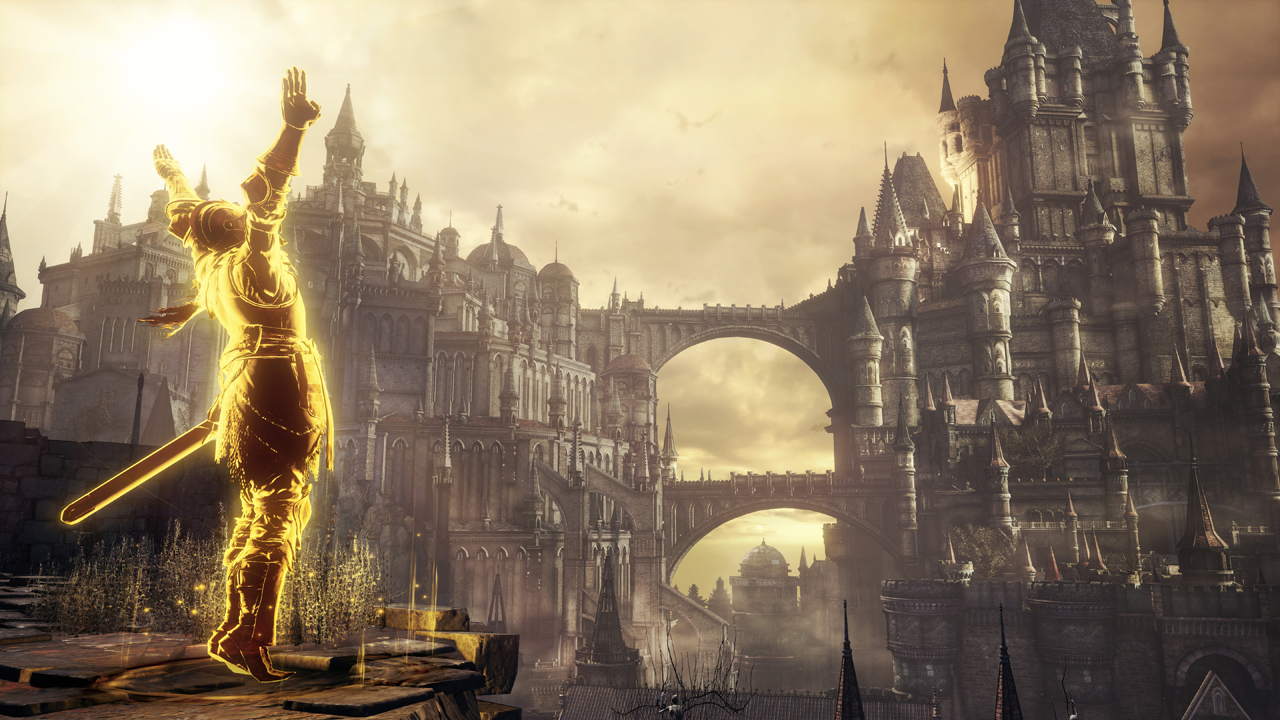
As this is a Dark Souls game, it's almost a given that Dark Souls 3's land of Lothric would be connected to Dark Souls' Lordran and Dark Souls 2's Kingdom of Drangleic. Hints and name-drops within the game's most recent demo confirm that assumption, mentioning familiar places and figures, like the Great Swamp and the Witch of Izalith (better known as the person who created this nasty beast).
While that clears up the simple fact that they are connected, the how still frustratingly mysterious. Most references in the demo refer to long-ago happenings, or vaguely mentions key characters, so that doesn't help to position it along the Dark Souls timeline all that much. What really makes this question intriguing, though, are two references in particular: the appearance of Andre of Astora, as much a blacksmith here as he was in Dark Souls, and the mention of a pilgrim who traveled to Lothric from Londo. Not New Londo or Anor Londo, but Londo, which could mean it predates Dark Souls and its New Londo Ruins. Or we could be a time-traveling situation/world swapping situation on our hands.
Why is everyone so burnt out?

Anybody familiar with the Dark Souls mythos knows the story of the First Flame - its spark led to the prosperous Age of Fire, but it's destined to die out, leading to the Age of Dark before it's lit again and the process begins anew. But Dark Souls 3 clearly missed the silver lining for a charcoal one, giving off a sense that the whole world and all its pryo-nalogies are about to be snuffed out.
Where you played as the Chosen Undead in the last two games, in Dark Souls 3 you become one of the 'Unkindled', a group described about as cryptically as everything else in Dark Souls: "Nameless, accursed Undead, unfit even to be cinder." The Humanity which fuels you in the previous two games seems to have been replaced with 'Embers', and when you defeat an enemy you're rewarded with messages like "Heir of Fire destroyed" and "Ember restored." Is it possible that this is the last Age of Fire, and after this it's gone for good?
Why did the Lords of Cinder rise, and why are you killing them?
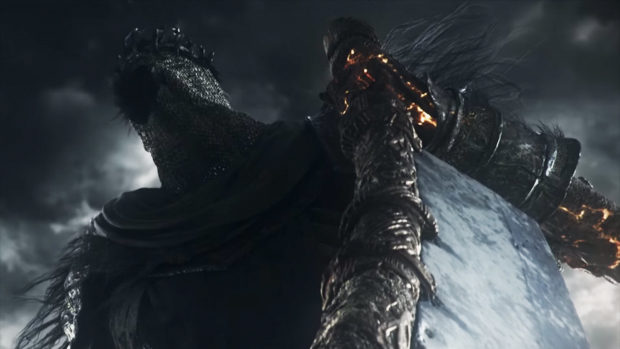
This one almost seems like it has a clear answer - at the beginning of Dark Souls 3, the standard crone narrator claims that "When the link of fire is threatened, the bell tolls, unearthing the old Lords of Cinder from their graves." That falls in line with what we've seen in previous Souls games, where the beings possessing the mythical Lord Souls have sacrificed themselves to rekindle the First Flame and extend the Age of Fire, for better or worse. So when the Lords of Cinder rise at the bell's toll, it naturally seems like they would be coming to the Flame's rescue.
Weekly digests, tales from the communities you love, and more
Except apparently these Lords of Cinder are having none of that, and it's up to the Unkindled to bring them back to their thrones and force the issue. The mystery here is why - did the Lords of Cinder flee because they refused to give up their souls to the First Flame? Do they think it's just a useless effort? And why are they so worried about their souls when they were already dead to start with?
Is Lothric made up of a bunch of different places?

This question could quickly turn into a navel-gazing conundrum, but given some of Lothric's bizarre characteristics, it's hard not to wonder. While there was a sense of consistency between the areas in other Dark Souls games - one location led naturally into the next down a consistent, if windy, path - Lothric's early stage and hub world are entirely separate from everything else. Instead of walking from the Cemetery of Ash where you awake at the beginning to the next immediate area, the High Wall of Lothric, you have to go to the Firelink Shrine hub world and teleport to the Wall, giving the sense that they're in no way connected. Given that we've only seen the first few areas, that could very well be the case with other sections as well.
Oddly enough, that fits with one of the bizarre lines spoken in the game's opening scene, which describes Lothric as "where the transitory lands of the Lords of Cinder converge." Transitory meaning impermanent, which seems to imply they move or disappear. That could explain the weird situation with Londo, if time and space aren't fixed. That also matches up with a description from Emma, the High Priestess of Lothric, who claims the Lords of Cinder have returned to "their churning homes, converging at the base of this castle." Churning? Converging? Curious
What's the Darkness about?
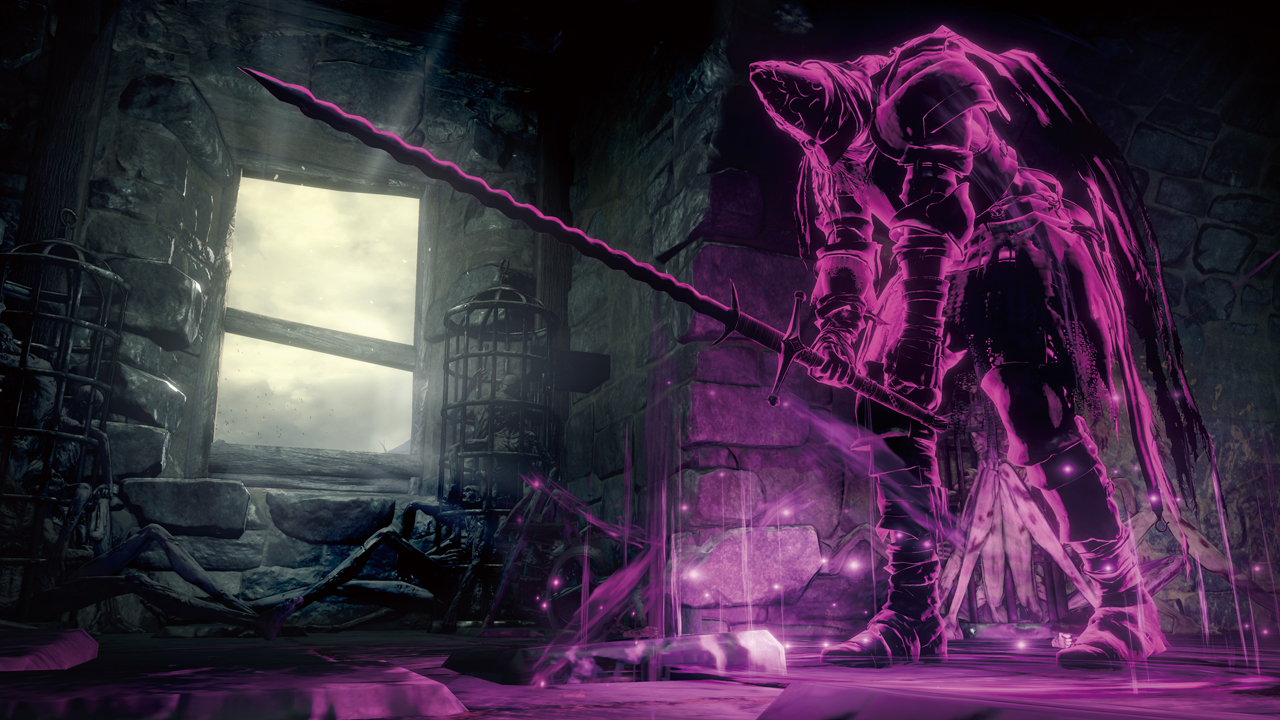
The Age of Dark has always been sitting on the edge of Dark Souls' periphery, a constant but muted threat that we just look at anxiously from a distance. But apparently that's changing in Dark Souls 3, where it's becoming a tangible part of the world and the game.
For the first time you have a defense against 'Dark' built into your stats, though we've yet to see just what sort of fresh abominations that's meant to guard against. But apparently the darkness isn't all bad when it comes to leveling up, because the Fire Keeper who helps you trade souls for stat boosts tells you to "touch the darkness within" her in order to get the whole thing rolling. Apparently the very act of getting stronger in Dark Souls 3 is directly tied to your relationship with the darkness. But given that your entire aim is to collect the souls that will rekindle the First Flame, darkness seems like a strange bedfellow.
What's with the petrified dragon?

Dragons are some of the biggest, baddest bastards in all of Dark Souls, and not to be challenged lightly. The Everlasting Dragons used to rule the world before the First Flame was born, and their descendents aren't much less terrifying. So discovering that the first dragon you encounter in Dark Souls 3 is petrified and clearly very dead should leave you petrified, or at least a little bit squeamish.
Currently there's very little information about what could have led the dragon to its unfortunate fate. It's just there as soon as you teleport to the High Wall of Lothric, lying dead on a nearby tower with no sign of damage, no explanation, and no clues to help you puzzle out what happened. Keep in mind that there are no accidents in Dark Souls - if there's a dead dragon at the beginning of the level, it's because the developers wanted it to be one of the first things you see. The question is why, and if the failing Flame has anything to do with hurting the dragons. That would be especially strange, as they ironically prefer the Age of Dark to the Age of Fire.
What's the deal with Ashen Estus?

Though the health-restoring Estus is as cryptic in nature as everything else about the Dark Souls universe, it can best be described as bottled heat - estus is the Latin word for heat, you refill Estus Flasks at a bonfire, and life is expressly tied to fire and health, so it's a pretty solid guess. So the idea of 'Ashen Estus', a new item used in Dark Souls 3 to restore magic points, poses a pretty unpleasant question: how much trouble is the world in when you have to rely on ashes to get the power you need from fire?
That isn't to say Estus Flasks are gone entirely - you'll still fill up at bonfires and use them to valiantly try and fail to escape death. But the fact that the Ashen Estus exists suggests that the First Flame might be in more trouble than anyone realized. Given that nothing like that happened in the other two games, when the Flame was dangerously close to going out and starting a new Age of Dark, this seemingly minuscule detail could mean something much worse. Is it possible that the cycle is about to break entirely, and that the world is coming to an end?
Why are the Unkindled worshiping corpses growing out of trees?
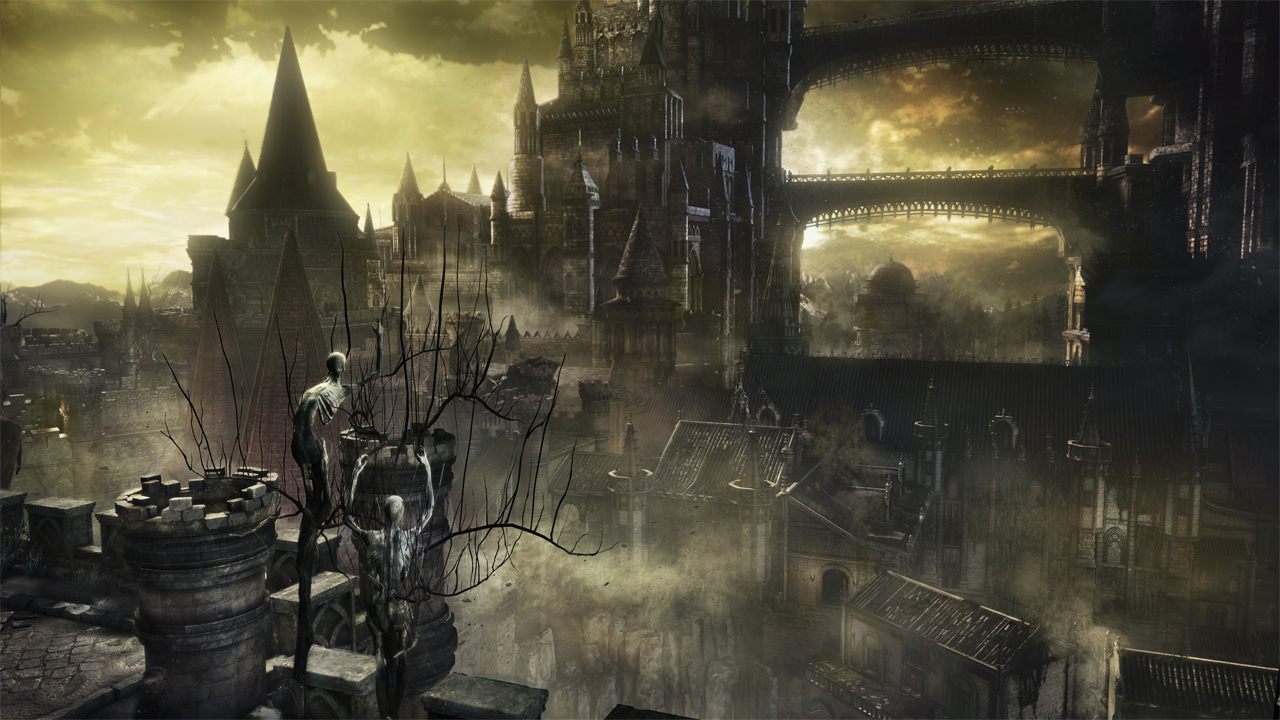
The obvious answer is because it's a Dark Souls game, but come on!
Former Associate Editor at GamesRadar, Ashley is now Lead Writer at Respawn working on Apex Legends. She's a lover of FPS titles, horror games, and stealth games. If you can see her, you're already dead.



